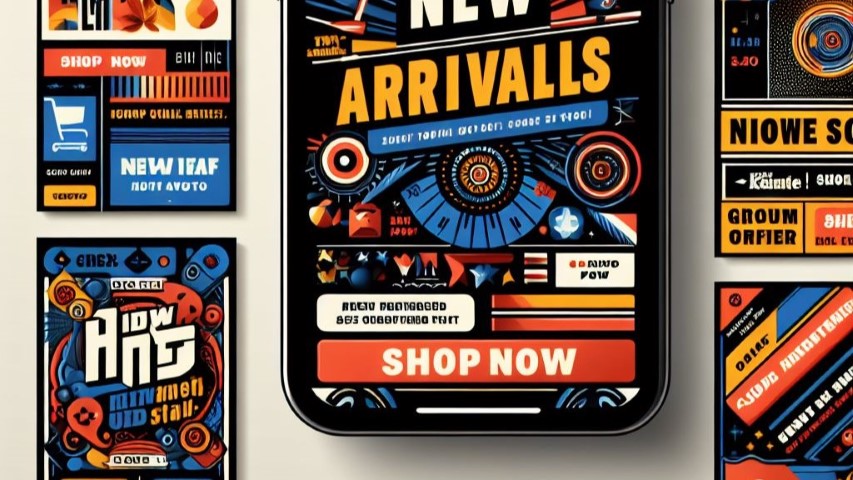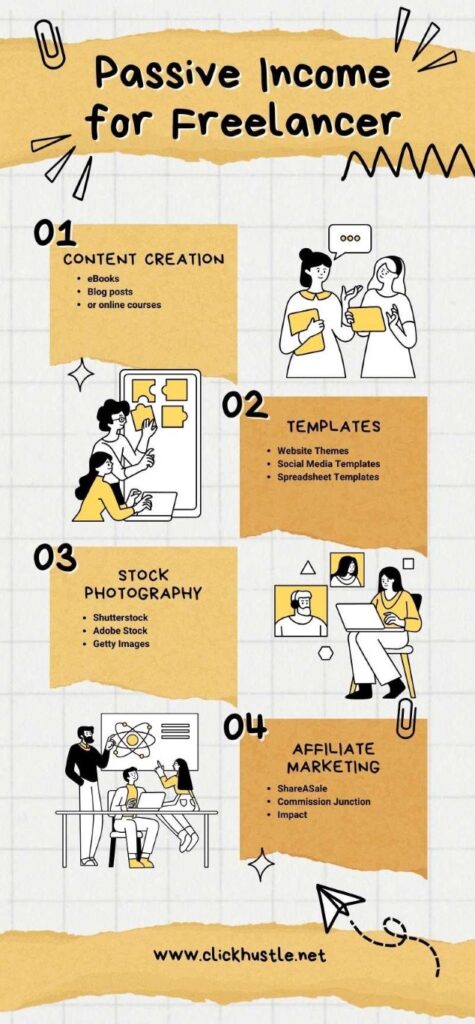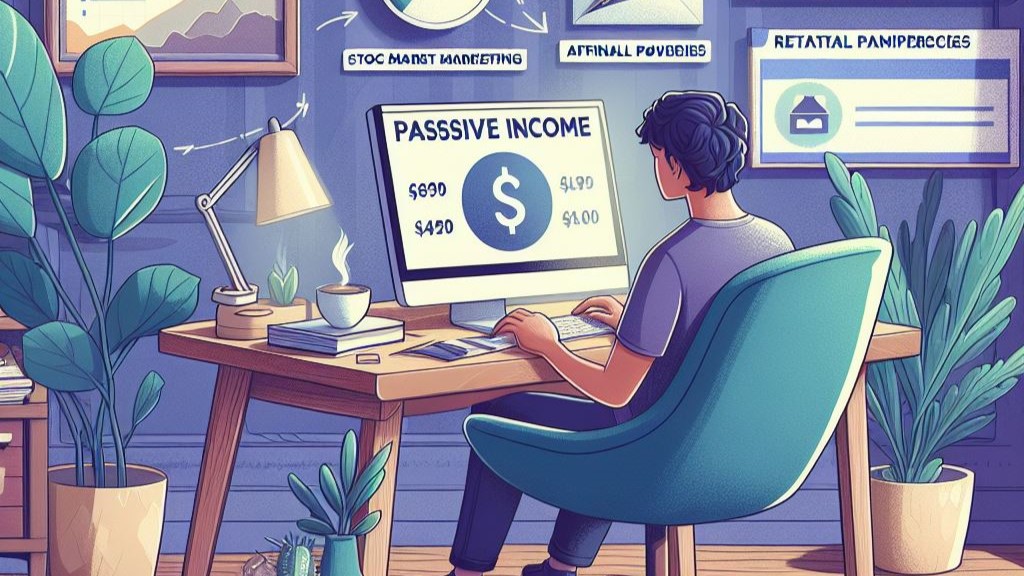Hey Freelancer Family, Umair Here! in this article I discuss passive income for freelancer.
The freelance life is fantastic, you’re your own boss, you choose your projects, and pajamas are totally acceptable attire (most days). But there’s also that constant worry in the back of your mind, what if the gigs dry up?
I have been there, my friend, worn the mismatched socks. That’s why I’m came up this article about passive income for freelancers. Think of it like building a safety net, a little something extra trickling into your bank account, even when you’re not actively hustling for clients.
Now, you might be thinking, “Passive income? Sounds like a myth freelancers tell themselves at tax time.” There are plenty of legit ways to turn your skills and experience into income streams that keep flowing, even when you’re Netflix marathoning.
What are We Worried About, Anyway?
Here’s the thing: most freelancers wear multiple hats – marketer, salesperson, project manager, and sometimes even office cheerleader (come on, we’ve all been there!). All that juggling can leave you feeling stretched thin. Passive income helps shift the balance a bit. It frees up your time and mental energy to focus on landing those dream projects, or simply taking a well-deserved vacation (because seriously, freelancers deserve vacations too!).
Passive Income for Freelancers: Your Recipe for Freedom
The beauty of passive income is that it can take many forms. Here are a few ideas to get started.
- Content Creation
- Templates
- Stock Photography
- Affiliate Marketing
1. Content Creation

Are you a wordsmith? or writing for your clients. Why not for yourself.
You write for yourself or can share your knowledge by writing eBooks, blog posts, or online courses. People are always hungry for high-quality content, and you can set your own price!
So, you’ve got a way with words and a burning desire to share your knowledge with the world. Let’s explore the three main paths to becoming a Content Creation Powerhouse:
E-book Empire
E-books are fantastic because you only create them once and then reap the rewards for years to come. Platforms like Amazon Kindle Direct Publishing (KDP) make self-publishing a breeze.
Here’s the catch: you’ll need to write a compelling book, design a captivating cover, and market it effectively. Tools like Grammarly and Canva can be lifesavers in this process. Or you can hire recourse from Fiverr.
Blog
Building a blog allows you to establish yourself as an expert in your field. The more valuable content you create, the more traffic you’ll attract. Once you have a loyal audience, you can monetize your blog through advertising, affiliate marketing, or even selling your own products and services. Platforms like WordPress, Wix and Squarespace are a great starting point for beginner bloggers.
Online Course
If you love teaching and sharing your expertise in a structured way, then online courses might be your golden ticket. Platforms like Udemy and Skillshare allow you to create and sell in-depth courses on any topic imaginable. The key is to identify a specific need your target audience has and tailor your course content to address it effectively.
Pros and Cons of Content Creation
Pros:
- Location independence: Work from anywhere with an internet connection.
- Be your own boss: Set your own schedule and creative direction.
- Scalability: Your income potential is virtually limitless.
Cons:
- Upfront investment: Time and effort are required to create high-quality content.
- Marketing muscle: You’ll need to actively promote your work to reach your audience.
- Slow and steady wins the race: Building a successful content business takes time and dedication.
2. Template Selling

If you’re a whiz at design or coding, consider creating and selling templates – think website themes, social media graphics, or project management spreadsheets. Once you’ve put in the work to create them, they can keep earning you revenue for months (or even years) to come.
Website Themes
Craft stunning website themes for popular platforms like WordPress, Shopify, or Squarespace. Think of yourself as a digital architect – building the foundation for other businesses to thrive online.
Tools you can use: GeneratePress, Astra, Kadence WP
Social Media Templates
Design eye-catching templates for social media posts, stories, or ads. Everyone wants their social media presence to pop, and you can be the one to provide the perfect templates.
Tools you can use: Canva, Adobe Spark, Snappa
Spreadsheet Templates
Are you a spreadsheet whiz? Create project management templates, financial planning sheets, or social media content calendars. Help other freelancers stay organized and efficient – they’ll thank you for it!
Tools you can use: Microsoft Excel, Google Sheets, Airtable.
Pros and Cons of the Template Path
Pros:
- Recurring Revenue: Sell your templates once and keep earning from them over time.
- Scalability: The more templates you create, the more potential income streams you have.
- Location Independence: Work from anywhere in the world with an internet connection.
Cons:
- Upfront Investment: It takes time and effort to create high-quality templates.
- Competition: The template market is saturated, so you need to stand out from the crowd.
- Maintenance: You may need to update your templates occasionally to keep them compatible with the latest software.
3. Stock Photography

Got a keen eye and a knack for capturing stunning visuals? Sell your photos on stock photography websites. Every time someone licenses your image, you get a payout. Boom!
Find Your Niche
Stock photos come in all shapes and sizes. Think travel landscapes, business concepts, or everyday objects. Identify what you excel at capturing and focus on building a portfolio around that theme.
Gear Up
While having a fancy camera can help, it’s not essential. Many high-quality smartphone cameras can take stunning photos. Invest in good lighting (natural light is your best friend!) and learn the basics of composition to elevate your shots.
Keyword Like a Boss
Research popular keywords related to your niche and optimize your photo titles and descriptions with those keywords. This helps people find your photos when searching on stock websites. There are free keyword research tools online like [keyword planner tool] to get you started.
Editing Essentials
Basic photo editing skills are a must. Learn to crop, adjust lighting and color, and remove unwanted elements. Free editing software like GIMP offers powerful features or consider subscribing to Adobe Lightroom for a more advanced option.
Platform Powerhouse
There are many stock photo websites out there, each with its own pricing model and audience. Shutterstock, Adobe Stock, and Getty Images are some of the biggest players. Consider signing up with a few different platforms to maximize your reach.
Pros and Cons of Stock Photography:
- Pros: Passive income, location independence, creative freedom, scalability (the more photos you upload, the more potential for sales).
- Cons: Competition can be high, earnings per sale can be low (especially on microstock platforms), requires ongoing effort to build a strong portfolio.
So, is stock photography right for you? If you enjoy photography and have a knack for capturing high-quality images, it’s definitely worth exploring. With some dedication and strategic planning, you can build a passive income stream that keeps your bank account happy, even when freelance gigs are slow.
4. Affiliate Marketing

Do you have a favorite software or tool that makes your freelance life easier? Why not become an affiliate marketer and recommend it to others? You’ll earn a commission for every sale you generate.
Here’s a deeper dive into affiliate marketing for freelancers:
Find Your Niche
The best products to promote are ones that genuinely align with your expertise and the needs of your target audience. Are you a web developer who loves using a specific project management tool? A freelance writer passionate about a grammar checker? Focus on promoting products you know and love.
Join Affiliate Programs
Many companies offer affiliate programs, allowing you to sign up and receive unique tracking links for their products. Popular platforms like ShareASale and Commission Junction connect businesses with affiliates.
Promote the Products
Here’s where your creativity comes in! Write blog posts or reviews about the products you recommend. Embed your affiliate links in your social media content, website, or even incorporate them into your email signature.
Pros and Cons of Affiliate Marketing:
Pros:
- Low Barrier to Entry: It’s relatively easy to get started with affiliate marketing, requiring minimal upfront investment.
- Scalability: Your earning potential isn’t capped by the number of hours you work. The more people you reach, the more commissions you can generate.
- Flexibility: You can promote multiple products and work on your own schedule.
Cons:
- Reliance on Others: Your income depends on the performance of the affiliate program and the actions of your audience. It takes time and effort to build trust and drive sales.
- Competition: The affiliate marketing space can be competitive, so you’ll need to find ways to make your recommendations stand out.
- Tracking and Reporting: You’ll need to track your affiliate links and analyze data to see what’s working and what’s not.
Affiliate Marketing Tools
There are several tools available to help you manage your affiliate marketing efforts:
- Affiliate Link Management Tools: Simplify tracking and reporting with tools like ClickMagick or Pretty Links.
- Social Media Scheduling Tools: Schedule your social media posts promoting affiliate products with tools like Buffer or Hootsuite.
- Landing Page Builders: Create high-converting landing pages to showcase affiliate products using tools like Leadpages or Unbounce.
These are just a few ideas to spark your imagination. The key is to find something that leverages your existing skills and interests.
Conclusion
Remember, passive income isn’t a get-rich-quick scheme. It takes some upfront effort to set things up, but the long-term benefits are totally worth it. So, Start exploring passive income and build yourself a financial safety net that lets you breathe a little easier.
Hey, have you tried any passive income strategies as a freelancer? Share your experiences and tips in the comments below!
Read more:
- Amazon FBA vs Affiliate Marketing
- Wealthy Affiliate vs Legendary Marketer
- How to Earn Money on YouTube
- How to Reach My First 5k Followers on YouTube?
- What are the four reasons why creators choose YouTube?
- YouTube Beginners Guide: Getting Started on YouTube
- 200 YouTube Channel Name Ideas!





